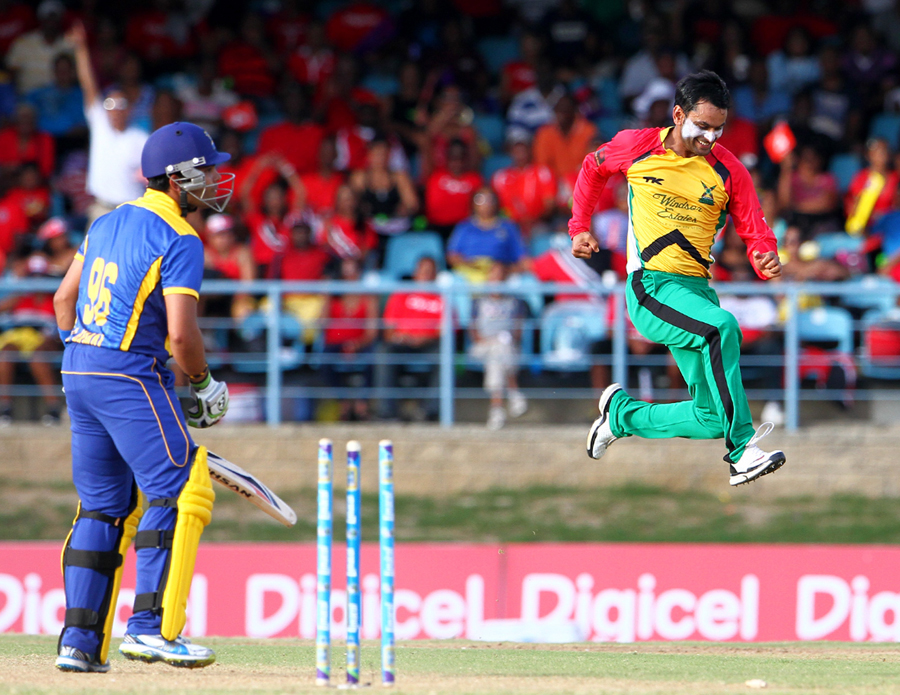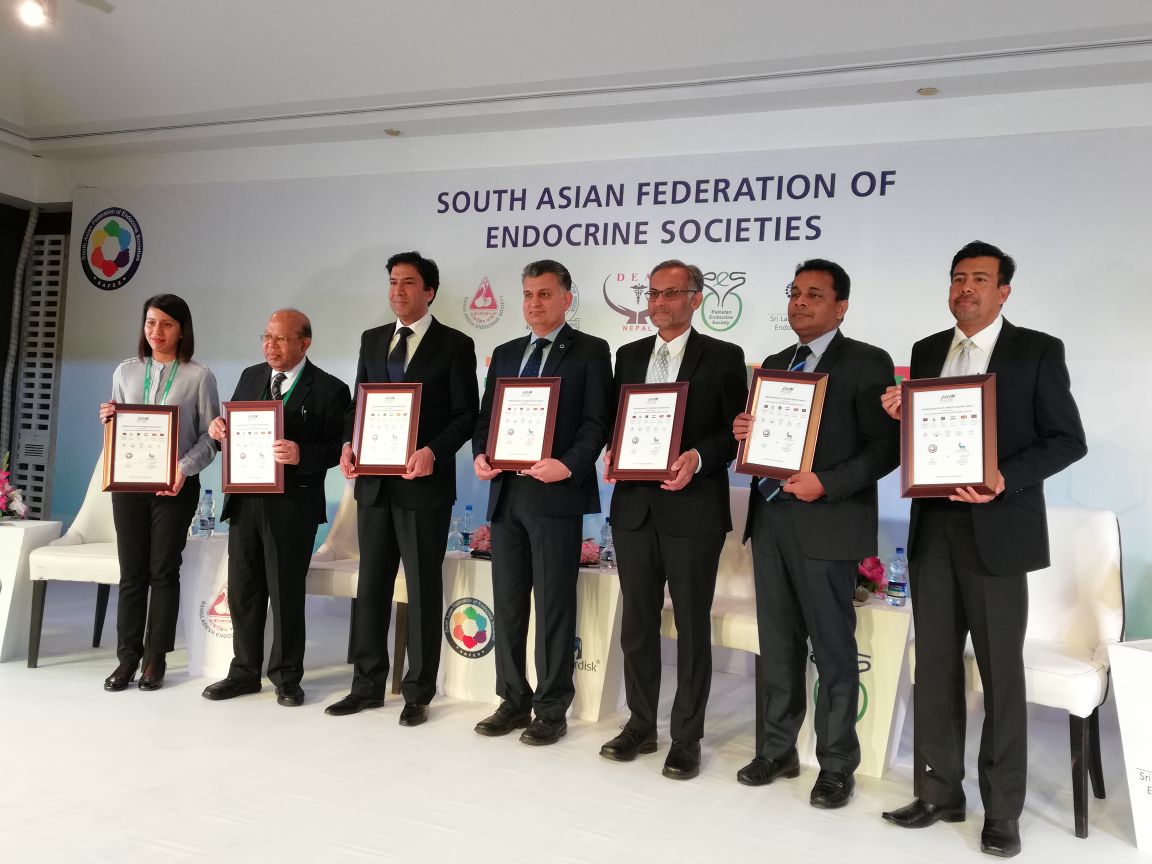The millions earned and lost – #IPLAuction
February 13, 2014
Pakistan missing out on IPL experience – Hafeez
February 17, 2014A host of off-field issues overshadowing the action on the field can be disorienting for any fan of the game including those who cover it for a living. Unfortunately, the cricket headlines over the last few weeks have been dominated by ICC’s restructuring process and the very thought of giving greater powers to the Big Three has been unpalatable to a few prominent cricket boards. In India, the IPL continues to get negative publicity over the allegations of betting and spot-fixing. In the backdrop of the ICC revamp comes a tournament that’s independent of all its implications. The same dissatisfied cricket boards can now sit back, follow the progress of their Under-19 stars in the tenth edition of the World Cup, ironically, getting underway in the ICC’s own turf – the UAE.
The timing of the World Cup couldn’t be better, for it serves as a welcome distraction for all the game’s fans and stakeholders. Watching teenagers play cricket in a relatively carefree environment is enough to remind us all of what drew us to the game in the first place. These players are playing to a worldwide television audience and will hopefully represent their countries at the highest level. But for some players belonging to the smaller nations, where cricket is yet to become a lucrative profession, this could be the pinnacle of their careers.
Which is why, for many, the coming days are the time to enjoy the moment, both on and off the field. The UAE, apart from being one of the world’s biggest commercial and financial nerve centres, is also a sought-after tourist destination and a shopping hub. What a wonderful place for a teenager to be and brag about to his friends, family and teachers back home.
Unlike the senior World Cup, where the emphasis is mainly on winning, the U-19 edition is an educational step, a chance for cricketers to learn more about life. They will interact with different cultures and are encouraged to mix around with the other teams in a convivial atmosphere. As the West Indies Test captain Darren Sammy said in a promotional video for the tournament, the World Cup “opens your eyes to different cultures”.
England Under-19 coach Tim Boon, who coached the 2012 side as well, said the cricket is only a part of the learning process. “We encourage our players to integrate with the opposition and speak to as many players as possible,” Boon said. “We’re looking after our players’ lifestyles.”
Some teams, like defending champions India, have been on the road over the last 12 months, traveling to different countries in preparation for the tournament. But for many, this is the first time out of the comforts of their home surroundings and mum’s cooking. They will learn to live out of a suitcase, understand the rigours of touring and develop a taste for different cuisines. The England players, for instance, are being encouraged to learn basic cooking.
It will be the first time many will front up to the media, have the spotlight on them, be exposed to answering routine questions, whether at the media room or off camera near the pavilion. It’s a chance to get over stage fright and hone their communication skills should they find themselves on the hot seat at the presentation ceremonies.
Coming to the cricketing angle, coaches say that the emphasis isn’t only about learning to win. India coach B Arun has said repeatedly that it’s about “following the processes and not worrying much about the outcome.” The mental side is just as important.
“It’s about players learning to play under pressure. It’s a pressure pot out there and it’s about their mental strategies and learning to cope with it,” Boon says. “It’s about winning moments in the games and players continuously exhibiting the right attitudes. And once we get there we know they are going to go further.”
Greg Chappell, the former Australia captain and currently the Australia team manager, has been working with junior cricketers for a few years now. He says players are better off keeping things simple. “The best players are the ones who do the basics better than the others,” Chappell says. “This is a good time to get into their heads that it is really about doing the simple things right. If you are going to be a good player, you have to be prepared to be boring. Bowl good overs and good spells as a bowler and build partnerships and spend time at the crease as a batsman.”
A glance at the players’ ages also makes an interesting reading. A total 35 players also featured in the 2012 edition, with Namibia and Zimbabwe carrying five players each, the maximum for any side. Save for Canada, South Africa and UAE, all other teams have at least one returnee from 2012. This means that certain countries have not been afraid to blood youngsters still in middle school. Bangladesh, for instance, have two 15 year olds in the squad and their captain Mehedy Hasan, is only 16. Such players will be eligible for the 2016 event as well. Afghanistan batsman Hashmatullah Shaidi, incredibly, is playing his third U-19 World Cup.
Asked whether it was risky selecting 15 year olds, Bangladesh coach Mizanur Rehman says that “it is all part of their learning curve”. These boys will also get a crash course on learning to cope with failure and disappointments, which are inescapable in cricketers’ lives.
“Failure is an important part of moving forward and the biggest learnings happen when things don’t go quite right,” Boon says. “It’s our job to illuminate the way forward for the players. All the best young players I have seen over the last decade have been the ones who have the ability to learn and move on.”
Chappell added that the junior World Cup is one in which there may be five to six teams in contention. One would hope that it turns out to be more competitive than the Big Three v The Rest.
Courtesy: ESPN CRICINFO




